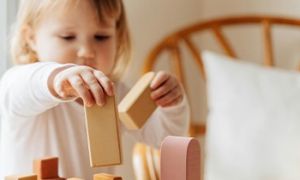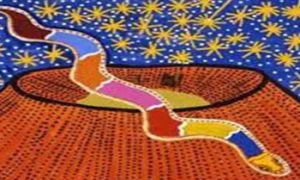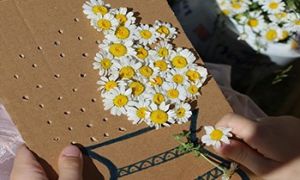The Educators’ Guide to the Early Years Learning Framework recommends that educators use the cycle of planning to support children’s continual learning and introduce meaningful learning opportunities. The following article provides the steps in the planning cycle.
Information Gathering – Since teachers create learning opportunities by challenging and extending a child’s current learning, an educator must first gather evidence of the child’s present level of development. Thus this phase of the planning cycle involves observing and meaningfully documenting knowledge of the child’s current learning.
Questioning - Going over all the evidence gathered helps teachers to examine which parts of the pedagogy or practice can be refined, changed or introduced in future lessons or learner groups. This is best done through reflective questions like:
- How does this documentation demonstrate what each child has been learning over this period of time?
- In what ways does the documentation depict the assessment of each child’s learning progress?
- How is each child’s participation in the program recorded in the documentation?
- How does documentation support quality outcomes for families?
- In what ways am I using the documentation to shape the educational program?
- How does the documentation identify children who may need additional support?
Additionally, educators should also reflect on documentation processes like taking photos or video recordings to see if they are hindering the daily positive interactions between learners and teachers or if such processes are impinging on the privacy rights of the child.
Planning – once reflective questions have helped educators to get clarity on the purpose, use and processes of documentation, it is time to plan how the curriculum content, strategies or environment can be changed, refined or extended. Planning also covers thinking up effective ways to monitor and assess children’s learning as well as to providing necessary support to children with additional needs or assisting families to access specialist help. In all these educators are best guided by the practices, principles and learning outcomes listed in the approved frameworks.
Acting – this phase involves putting plans of the previous phase into action by setting goals and facilitating experiences, interactions and environments to meet the learning outcomes of the children.
Reflecting – the planning cycle closes with a critical examining whether the recently implemented teaching strategies were able to meet the new or updated goals – if no, then why not and if yes, then how they can extend further based on the principles of approved learning frameworks.
Further Reading
The Planning Cycle To Document Children's Learning - The following article provides information on the Role Of Documentation In The Planning Cycle, The Purpose Of The Panning Cycle, What Should Inform The Planning Cycle and more.
References:
Unpacking The Cycle Of Planning, ACECQA
Cycle Of Planning, We Hear You, ACECQA



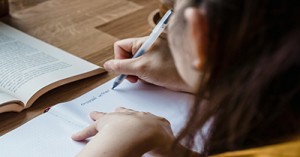
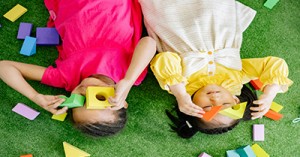
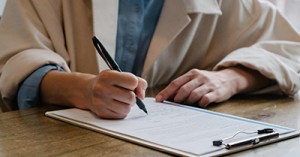
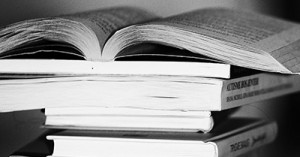
 Here is the list of the EYLF Learning Outcomes that you can use as a guide or reference for your documentation and planning. The EYLF
Here is the list of the EYLF Learning Outcomes that you can use as a guide or reference for your documentation and planning. The EYLF The EYLF is a guide which consists of Principles, Practices and 5 main Learning Outcomes along with each of their sub outcomes, based on identity,
The EYLF is a guide which consists of Principles, Practices and 5 main Learning Outcomes along with each of their sub outcomes, based on identity, This is a guide on How to Write a Learning Story. It provides information on What Is A Learning Story, Writing A Learning Story, Sample
This is a guide on How to Write a Learning Story. It provides information on What Is A Learning Story, Writing A Learning Story, Sample One of the most important types of documentation methods that educators needs to be familiar with are “observations”. Observations are crucial for all early childhood
One of the most important types of documentation methods that educators needs to be familiar with are “observations”. Observations are crucial for all early childhood To support children achieve learning outcomes from the EYLF Framework, the following list gives educators examples of how to promote children's learning in each individual
To support children achieve learning outcomes from the EYLF Framework, the following list gives educators examples of how to promote children's learning in each individual Reflective practice is learning from everyday situations and issues and concerns that arise which form part of our daily routine while working in an early
Reflective practice is learning from everyday situations and issues and concerns that arise which form part of our daily routine while working in an early Within Australia, Programming and Planning is reflected and supported by the Early Years Learning Framework. Educators within early childhood settings, use the EYLF to guide
Within Australia, Programming and Planning is reflected and supported by the Early Years Learning Framework. Educators within early childhood settings, use the EYLF to guide When observing children, it's important that we use a range of different observation methods from running records, learning stories to photographs and work samples. Using
When observing children, it's important that we use a range of different observation methods from running records, learning stories to photographs and work samples. Using This is a guide for educators on what to observe under each sub learning outcome from the EYLF Framework, when a child is engaged in
This is a guide for educators on what to observe under each sub learning outcome from the EYLF Framework, when a child is engaged in The Early Years Learning Framework describes the curriculum as “all the interactions, experiences, activities, routines and events, planned and unplanned, that occur in an environment
The Early Years Learning Framework describes the curriculum as “all the interactions, experiences, activities, routines and events, planned and unplanned, that occur in an environment